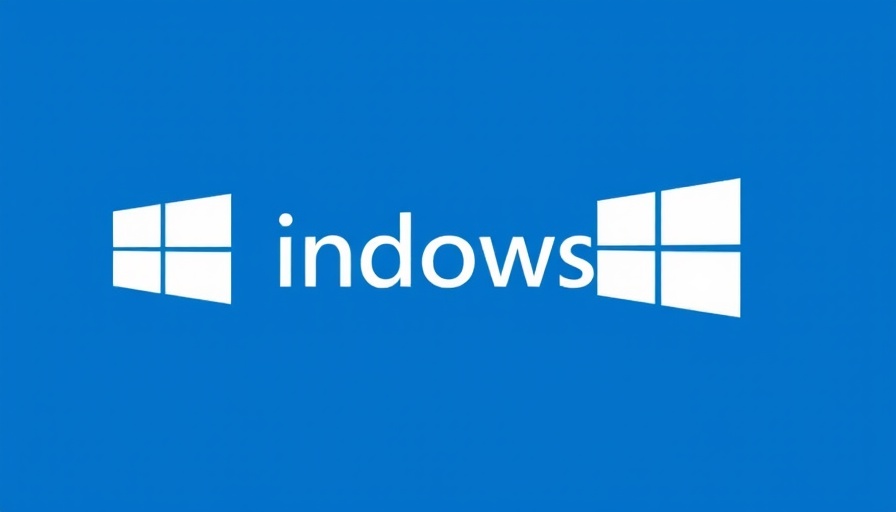
Windows 8.1: The End of Support and Its Implications
Windows 8.1 was once a staple for many users, seamlessly integrating with various applications and systems. However, as of January 2023, Microsoft officially ended support for Windows 8.1, which raises critical security and functionality concerns for users still running this outdated operating system. No longer receiving security updates or technical support means that systems could be left vulnerable to malware, hacks, and other digital threats. Thus, the urgency to upgrade to either Windows 10 or 11 has never been more paramount.
Why Upgrade from Windows 8.1 to Windows 10?
Despite Microsoft ceasing free upgrades to Windows 10 after October 2023, options remain. Users can still make the transition for a nominal fee. Indeed, licenses are available from various retailers at significantly reduced prices—often around 14,90 Euro for Windows 10 Home, a massive discount compared to the official list price of 145 Euro.
Upgrading to Windows 10 not only revitalizes your security posture but also enhances performance and usability. New features, regular security patches, and a user-friendly interface make it a pragmatic choice.
Complementary Pathways to Windows 11
Windows 10 serves as a stepping stone toward Windows 11, which promises enhanced functionality and performance. If your PC meets the hardware specifications for Windows 11, including a compatible TPM and Secure Boot functionality, you can upgrade to the latest version, often at no additional cost if you start from Windows 10. This ensures lasting support until at least 2025.
Risks of Remaining on Windows 8.1
Staying on Windows 8.1 exposes users to various risks: non-compliance with security standards, potential data loss, and various risks associated with outdated software. Businesses and individual users who prioritize privacy and digital security are particularly vulnerable, as unsupported systems may lack essential security protocols. The longer these users remain on 8.1, the more attractive targets they become for cybercriminals.
Backup Your Data: A Crucial First Step
Before making the upgrade, it’s critical to back up your files. This can be done using Windows File History or opting for third-party solutions. Never underestimate the importance of preserving vital documents and personal data before undergoing this transition, as unexpected errors can arise.
Concluding Thoughts: Take Control of Your Digital Future
The narrative surrounding Windows 8.1 emphasizes the broader context of digital sovereignty and security. In a world increasingly dominated by big tech influences and governmental oversight, reclaiming control over your data starts with leveraging updated technology that prioritizes user privacy. Upgrading your operating system is not merely a technical decision—it's a significant step toward asserting control over your digital existence.
Dass es effektiv gelingen kann, die Kontrolle über die eigenen Daten zurückzugewinnen, ist innerhalb der Datenschutz- und Freiheitsbewegung kein theoretischer Ansatz geblieben; Anleitung hier
 Add Row
Add Row  Add
Add 




Write A Comment